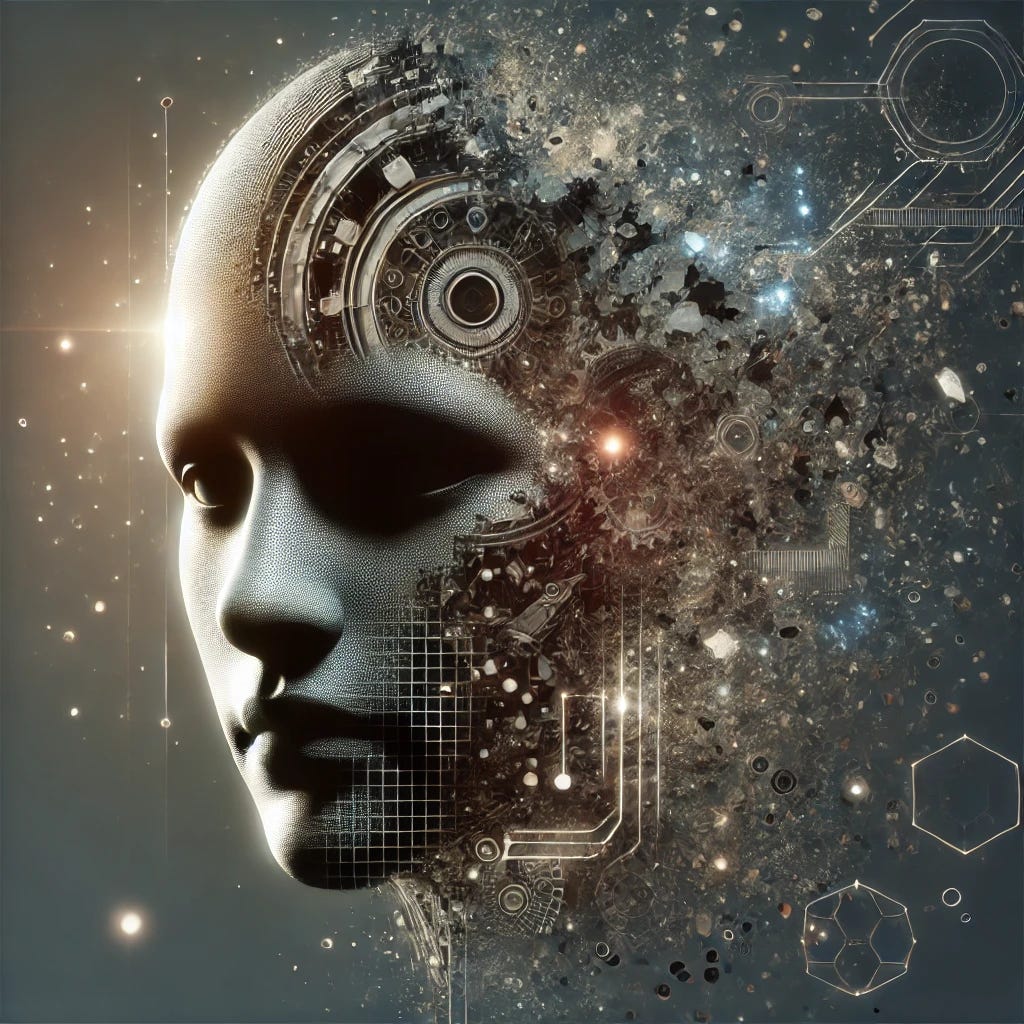The Limits of Artificial Creativity: A Critical Examination
Exploring the Stochastic Nature of Human Creativity and Why AI Falls Short
Artificial Intelligence (AI) has achieved considerable advances in recent years, particularly within creative domains such as art, music, and literature. However, a recent scholarly work titled "On the Stochastics of Human and Artificial Creativity" by Solve Sæbø and Helge Brovold, published in March 2024, provides a critical examination of AI's creative capabilities from a more nuanced perspective.
The Stochastic Nature of Human Creativity
The authors underscore that human creativity is inherently stochastic, involving both random idea generation and evaluative processes that are deeply influenced by personal experiences, emotions, and context. This complex interplay between randomness and evaluative judgment allows humans to produce genuinely novel and contextually meaningful creations that reflect subjective depth and cultural resonance.
Constraints on AI in Creative Processes
The study posits that contemporary AI systems fall short of capturing the multifaceted depth of human creativity due to several intrinsic limitations:
Lack of Personal Experience: AI models function solely based on data-driven algorithms without the benefit of personal experiences, emotions, or subjective context. This absence fundamentally restricts AI's capacity to generate creations with genuine intent, purpose, or meaning that parallels human creative expression.
Predictability and Pattern Dependency: AI-generated content frequently mirrors the patterns inherent in its training data, leading to outputs that, while potentially impressive, often lack the true originality that characterizes human creativity. The tendency to reproduce stylistic elements from existing datasets limits AI's ability to break free from established norms and conventions.
Absence of Subjective Evaluation: Human creativity is marked not only by the generation of ideas but also by the subjective evaluation of those ideas. AI lacks the capacity for intrinsic evaluative mechanisms, making it difficult for machines to authentically assess the aesthetic value, emotional impact, or cultural significance of their creations.
Implications for the Creative Sector
The findings of the study suggest that while AI has considerable utility in supporting creative endeavours—such as generating preliminary ideas, replicating stylistic elements, or providing algorithmic assistance—it cannot replace the nuanced, deeply personal, and contextually rich dimensions of human creativity. This perspective has significant implications for industries incorporating AI into creative workflows, underscoring the essential role of human oversight, curation, and interpretative input.
Recommendations for Future Integration
To effectively integrate AI within creative domains while maximizing its benefits, the study offers several strategic recommendations:
Human-AI Synergy: Encouraging collaborative creativity, wherein AI serves as an augmentative tool for human creators, can lead to innovative outcomes that harness both computational power and human emotional depth.
Ethical and Legal Frameworks: Developing rigorous ethical guidelines and legal frameworks is crucial to ensure that AI-generated content respects intellectual property rights, maintains artistic integrity, and does not undermine the value of human creative contributions.
Ongoing Research and Development: Continuous research is imperative to refine AI's capabilities in creative processes, address current limitations, and explore new methodologies that enhance the collaborative potential between humans and machines.
Conclusion
In conclusion, while AI presents significant potential to contribute to creative endeavors, it currently lacks the essential qualities that define human creativity, such as subjective intent, emotional depth, and cultural relevance. Acknowledging these limitations is fundamental for fostering a balanced, ethical, and productive integration of AI into the creative landscape, ensuring that the unique value of human creativity remains central to artistic and cultural pursuits.
For a comprehensive analysis, refer to the full study: "On the Stochastics of Human and Artificial Creativity" by Solve Sæbø and Helge Brovold.




